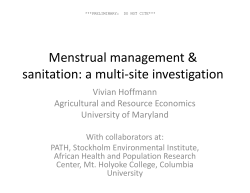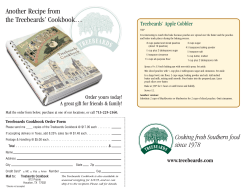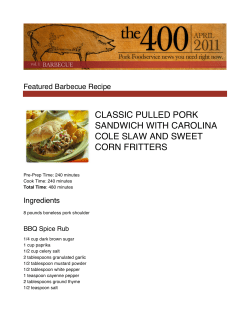
Document 100205
Facts and Figures The average New Zealand woman will use over 10,000 disposable menstrual products in her lifetime. Worldwide, women produce tonnes of landfill rubbish every year from disposable menstrual products and their wrapping. Cloth pads can be made from 100% organic and biodegradable materials, and will last as long as 5 years. A single menstrual cup has a smaller volume than a packet of tampons, and can last up to 10 years. Not only do reusable menstrual products save their owners thousands of dollars, but they will reduce her environmental impact considerably. Stockist of: Diva, Femmecup, Fleurcup, Iriscup, Keeper and Keeper Moon Cup, Lady/colourcups, Lunette, Meluna, Miacup, Mooncup, Shecup, and Yuuki menstrual cups. Ecomoon, EnvironMenstrual, Lunapads, Momiji, and Moontime cloth pads. Only NZ distributor of Fleurcups, Iriscups, Lady/colourcups, Meluna, Miacups, Shecup and Yuuki cups. Purchase online through the website, or by personal consultation over the phone, via email, or in person (Christchurch only at this stage). Layby available EnvironMenstruals Sustainability Value for money Health Convenience Save money and the earth; make the change to reusable products today. EnvironMenstruals 16 Bellamy Ave South New Brighton Christchurch MeLuna menstrual cups Phone: 021 211 6124 Fax: 03 388 8229 E-mail: admin@environmenstruals.co.nz New Zealand’s one-stopshop for reusable menstrual products www.environmenstruals.co.nz Why Reusable? Disposables Over her lifetime, the average western woman will use and throw away around 10,000 disposable pads and tampons. These disposables will cost her thousands of dollars. These same disposable sanitary products contribute a approximately 100 kg of waste to landfill. Tampons may only be worn for about 4-6 hours (longer may result in TSS, a fatal illness). Vs Reusable They are healthier Menstrual cups have never been connected to a case of TSS. Cups are non absorbent so don't dry you out. Cloth pads don't leach the moisture out of your skin, and allow it to breathe. They will save you money Even the most expensive menstrual cup should 'pay for itself' in under a year. Many will do so in as little as 6 months. Five years' supply of cloth pads will cost similar to 6 months to a year worth or disposables. Over her lifetime a woman may use as few as 3 or 4 menstrual cups. These will cost her a total of between $140 and $350. These products contribute less than 100g of waste to landfill if they are not recycled. If she is a cloth pad user, her total, non-biodegradable waste will be even less. Menstrual cups are safe to wear for 12 hours at a time (longer may cause discomfort) Menstrual cups Menstrual cups are worn internally, like a tampon, but instead of absorbing the blood, they catch it. To insert, you simply fold the cup (with clean hands), insert it, rotate it a few times, check it's open, and leave it to do it's thing. When the cup is full, you simply remove it, empty it, rinse it, fold it and reinsert it. Because of the high capacity, and because they don't absorb the lubricating vaginal fluids, they can be worn for much longer than a tampon (up to 12 hours at a time). Cloth pads Cloth pads are worn just like disposable pads, with wings to hold them in place. However, disposable pads don't come in fun patterns like cloth pads do. They are environmentally friendly Very minimal waste, and what is produced is biode- gradable or recyclable. They are convenient You can comfortably and safely wear them before your period is due. This is great for unpredictable cycles and for travelling. Because you don't throw them away, you will always have 'supplies.' They are usually made from super absorbent natural fibres, such as bamboo or hemp, with a soft, breathable top layer and a leak-proof backing. After wearing they are washed and dried to use again.
© Copyright 2025





















